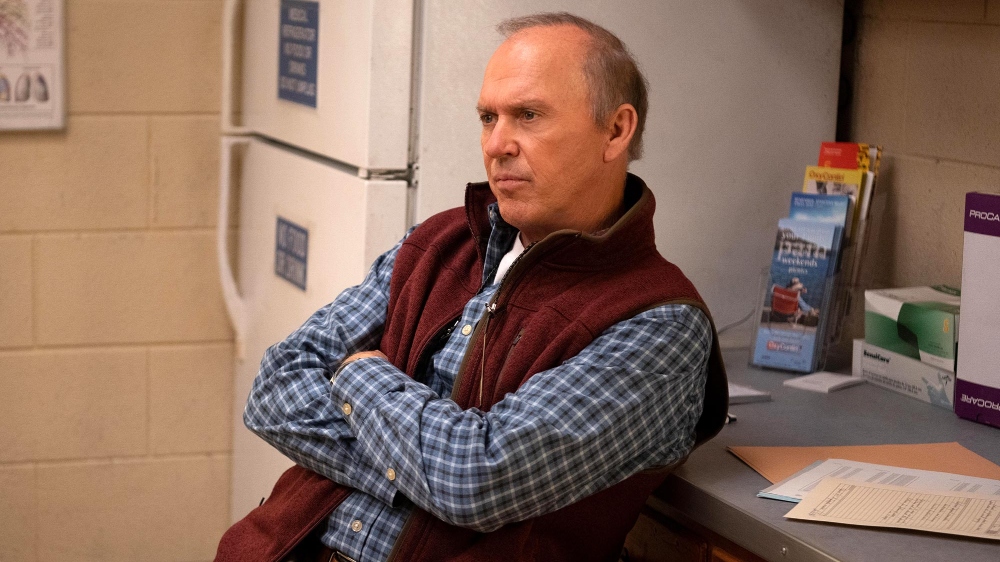
Cinematographer Checco Varese received the very first Emmy nomination of his career for his work on Hulu’s acclaimed limited series Dopesick, which stars Michael Keaton, Michael Stuhlbarg, Rosario Dawson, Kaitlyn Dever, and Will Poulter.
Dopesick is an eye-opening account of the opioid epidemic, told from multiple points of view over the course of eight episodes. We meet everyone from the people in pain to the doctor who treated them with drugs that were highly addictive, to the company (Purdue Pharma) that makes those drugs, to the DEA investigating that company and the prosecutors eager to put the Sackler family behind bars. The Sacklers are still dealing with the fallout from numerous lawsuits, with many museums removing the family’s name from their walls.
Varese is a veteran DP who lensed all eight episodes back to back over the course of 94 days, often working on little sleep. As soon as Director Patricia Riggen informed him that the show was going into principal photography, he contacted series Creator Danny Strong and prepared a pitch.
He told Below the Line how his take on the material embraced realism, and why he decided on a camera and lens package that would offer as much realism as possible. Varese also explained how there are clear lighting changes each time the series switches its focus from one character to another.
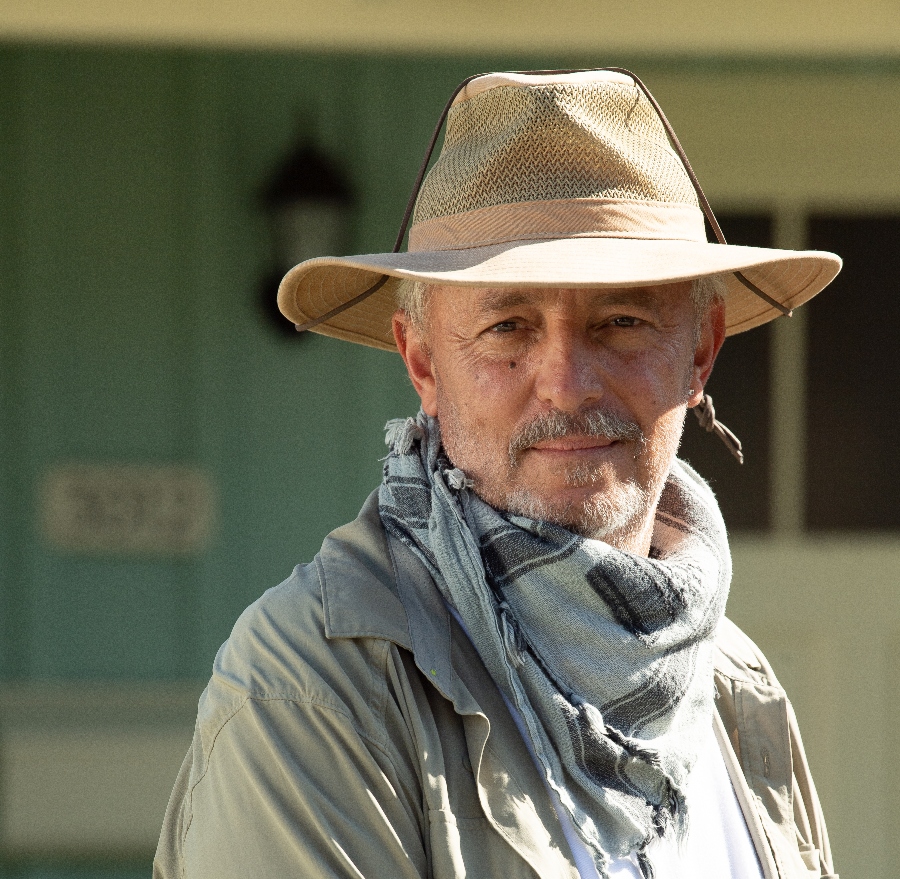
Below the Line: How honored are you to receive your first Emmy nomination for your work on Dopesick?
Checco Varese: Well, I’m very, very excited. It’s an honor to be nominated alongside a bunch of fantastic colleagues and great shows. I think it’s more an homage to the show itself and an homage to my craft. I think the show has been received with a lot of enthusiasm, and at the same time, with a lot of sadness by the audiences, so I’m very glad to have been working on it.
BTL: I was a bit late to watching it but after Michael Keaton won at the Screen Actors Guild Awards, I binged through it rather quickly. It was so eye-opening.
Varese: Yeah, it’s fascinating. It’s under the skin of the whole country and nobody knows about it.
BTL: How did you first become attached to working on the series?
Varese: Well, I collaborated with Danny Strong — the writer, producer, showrunner, creator, [and] grandfather of this whole project — on a pilot a couple of years ago. Patricia Riggen, one of the directors of the show, mentioned to me that [it] was going to principal photography and Barry Levinson was directing the first two episodes and they wanted a DP. I contacted Danny and I prepared a pitch. I went into a Zoom meeting — I believe this was the middle of [the] pandemic — [and] halfway through the Zoom meeting, Barry said, ‘Okay, I like you.’ And that was it. I ended up doing [all] eight episodes.
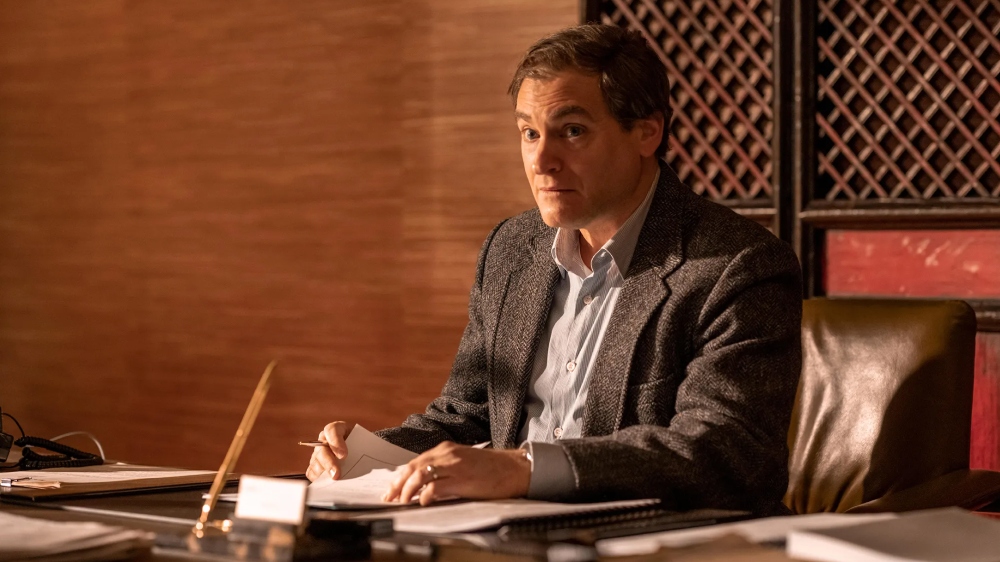
BTL: What camera and lens did you use?
Varese: After a lot of research and soul searching, one of the things with this show, in particular, is that you don’t want to deceive the audience with a filter of surrealism. It has to scream and permeate and sweat and suffuse realism. At the same time, [there’s] always the need to… I wouldn’t use the word “entertain” but I would use the word “interest” the audience, to be able to keep you engaged.
We ended up using the Sony Venice, the Sony FX3, which is a little cousin of the Venice, more like a smaller camera, for particular shots. I was very happy to use the Zeiss Supreme. The thing with those lenses is that we shot in large format and therefore, the depth of field and the fall-off of the lenses is wonderful. We get the audience engaged by very carefully choosing a focal lens and depth of field to get the concentration of the audience on the characters that were being portrayed at certain points.
BTL: What went into the decision-making when it came to lighting during the course of the series?
Varese: Well, it’s always a very fine line between what the script is and what the lighting should [be] and should feel like. These are three worlds that intersect with each other. The world of the victims, as I call it — in this particular case, blue-collar workers, miners, the daughter of a miner, and that had to have [a certain] feeling of cleanliness but yet it also had to embrace the color scheme of that part of the world, which is the Appalachian. We shot in [the] winter, so it lent itself to [having] this sort of blue cast on it and [the] Northern Lights reflected from the sky in the clouds. I avoided direct sun through the window. It was more like a found feeling of this sort of soft Northern Light.
The world of the civil servants or the world of the people [who] fight and try to find out what’s happening with this tragedy, [including prosecutors, the DEA, and government officials, usually tends to be a very sort of bland world with gray walls, lots of suits and ties, and conversations [around] desks. With [the] brilliant production design by Neil Spisak, we produced a world that was a little bit more stylized and [still] practical. It made it a little bit more, I wouldn’t say “serious,” but a little bit more stylized than your usual office. When it came to the DEA office, we sort of enjoyed the hundreds of fluorescent lights or tubes that were hanging [from] the ceiling to create this vanishing point of light.
When it came to Purdue Pharma or the perpetrators, it was more [about] taking advantage of the richness, [and taking] in the opulence and the wealth. More orange and red and gold were applied to the production design, therefore, the lighting was a warmer tone. Ultimately, philosophically speaking, I have a very strong feeling that the lighting should follow this script, it should follow this storyline, and it should follow the arc of the character. The decision would never — or at least, I try to never make decisions based on, ‘this is what I want, but this is what the screen needs or this is what the scene needs.’
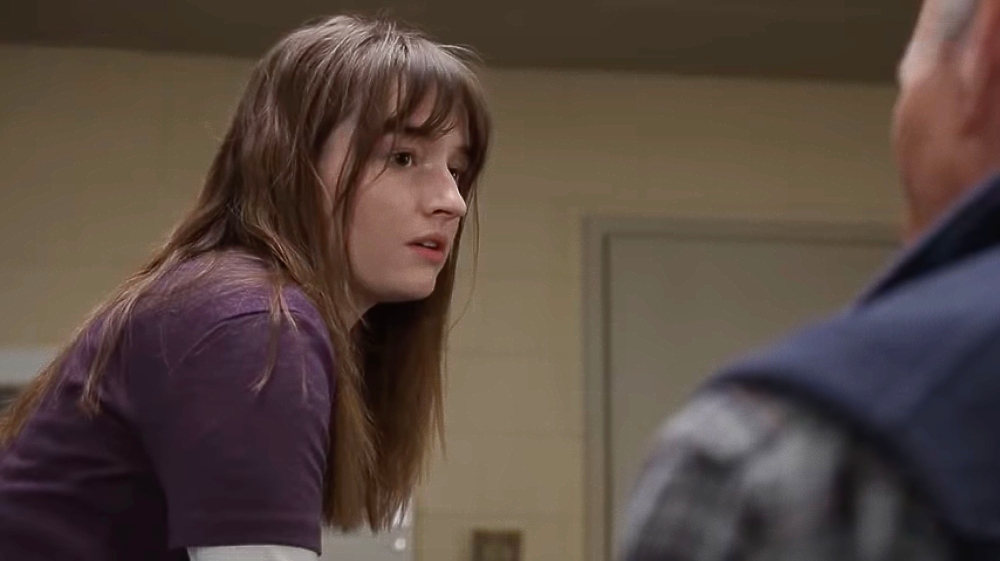
BTL: Were there any particular influences on the look of the series?
Varese: I usually never call [up] movies when [I] do a pitch. It’s so subjective. You may like a movie and I may not like it. It’s like art, some people adore Andy Warhol [and] some people believe it’s a copy of soup cans. Quoting movies with directors is very dangerous. But I sort of drew influence from The Deer Hunter, the part that takes place in the town, not the parts in Vietnam, but the part that takes place in the town for the realism and the pride and the lighting for the miners’ part.
A little bit of the movie The Insider, the Russell Crowe movie about the tobacco industry. The Insider was sort of the reference and the stepping stone for all the prosecutors and all that world. And then, complicated subject matter, but it felt to me that Eyes Wide Shut was a good reference for the opulence of the Purdue Pharma family. Not exactly the same, but it was a good reference — this opulence and extraordinary wealth that comes with dealing with pharmaceuticals and killing people.
BTL: In terms of cinematography, how did the pandemic impact your usual process?
Varese: Oh my G-d, do you have an hour? [laughs] Listen, it feels like it was a decade ago. I still walk around Los Angeles — I look for my mask and I don’t understand why I don’t have one. It was very, very hard. We were all wearing masks and face shields. We were all constrained to social distancing. Every time the camera cut, there was this turbojet engine of filtering devices turning on. It felt like you were working inside a hangar with a jet engine on. Somehow, we all managed to be safe. Somehow, we all managed to be happy and had a sense of humor.
Film industry crews are very resilient, which is a good thing and a bad thing. You end up working 17 hours and then crashing in a car. We were very disciplined as a crew. I would say that this didn’t affect me as much as it did affect the director and the actors, because, at some point, you have to whisper something in somebody’s ear to get a performance or to share a thought, as opposed to screaming it over a mask, a shield, another mask, another shield, six feet of separation and a jet engine near you. I think that was the worst part for the actors and the directors.
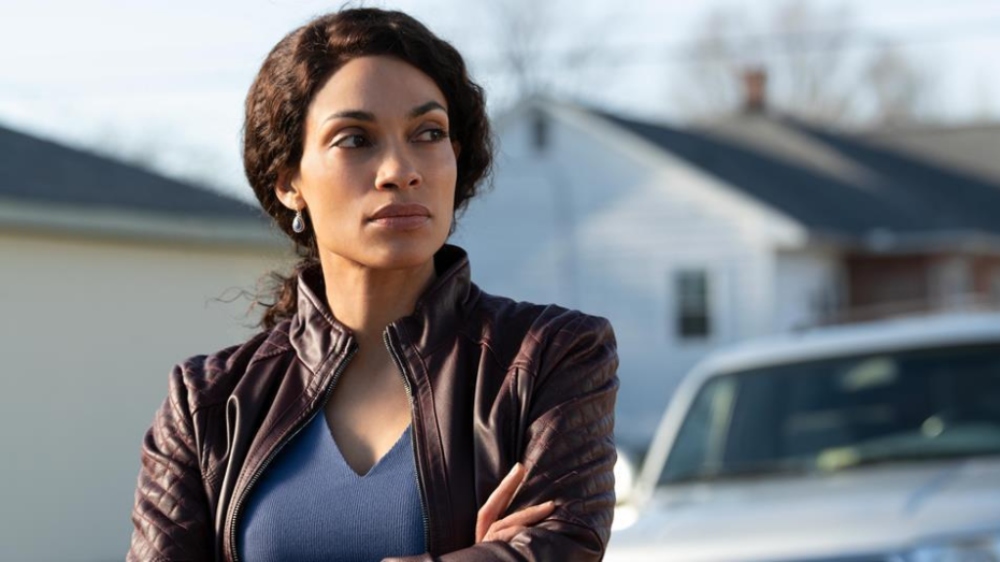
BTL: How did you first become interested in cinematography?
Varese: I was in the wrong place at the right time. I was born in Peru in South America. I studied architecture. I’m from an immigrant family from Italy so I went to Italy and studied architecture. When I came back to Peru in the early ’80s, there was economical crisis #348 [of the] decade, so nothing was being built. Somebody told me a bunch of Americans [were] coming to do a documentary in the highlands of Peru, and ‘do you speak English? Do you drive a car?’ I said “yes” and then they said, ‘do you know anything about photography?’ I said, ‘Yeah, I took whatever in [the] architecture of black and white.’ They said they needed a camera assistant. I said, ‘I’m not a camera assistant.’ When I met the producer, he taught me a few things and he said, ‘You’re coming with me to the Highlands for three months,’ and that was it. I never went to the architect’s desk ever again. I was 35 years old.
BTL: Best of luck at the Emmys. It was so nice to meet you.
Varese: Thank you so much. The one thing I wanted to add is that it’s unusual for one DP to do eight episodes back to back but that was actually a very interesting thing to do because it gave me sort of the palette and the continuity to the whole process, even though I never slept for 94 days, including Saturdays and Sundays. But it was an extraordinary pleasure to do all of them!
Dopesick is now streaming on Hulu.





